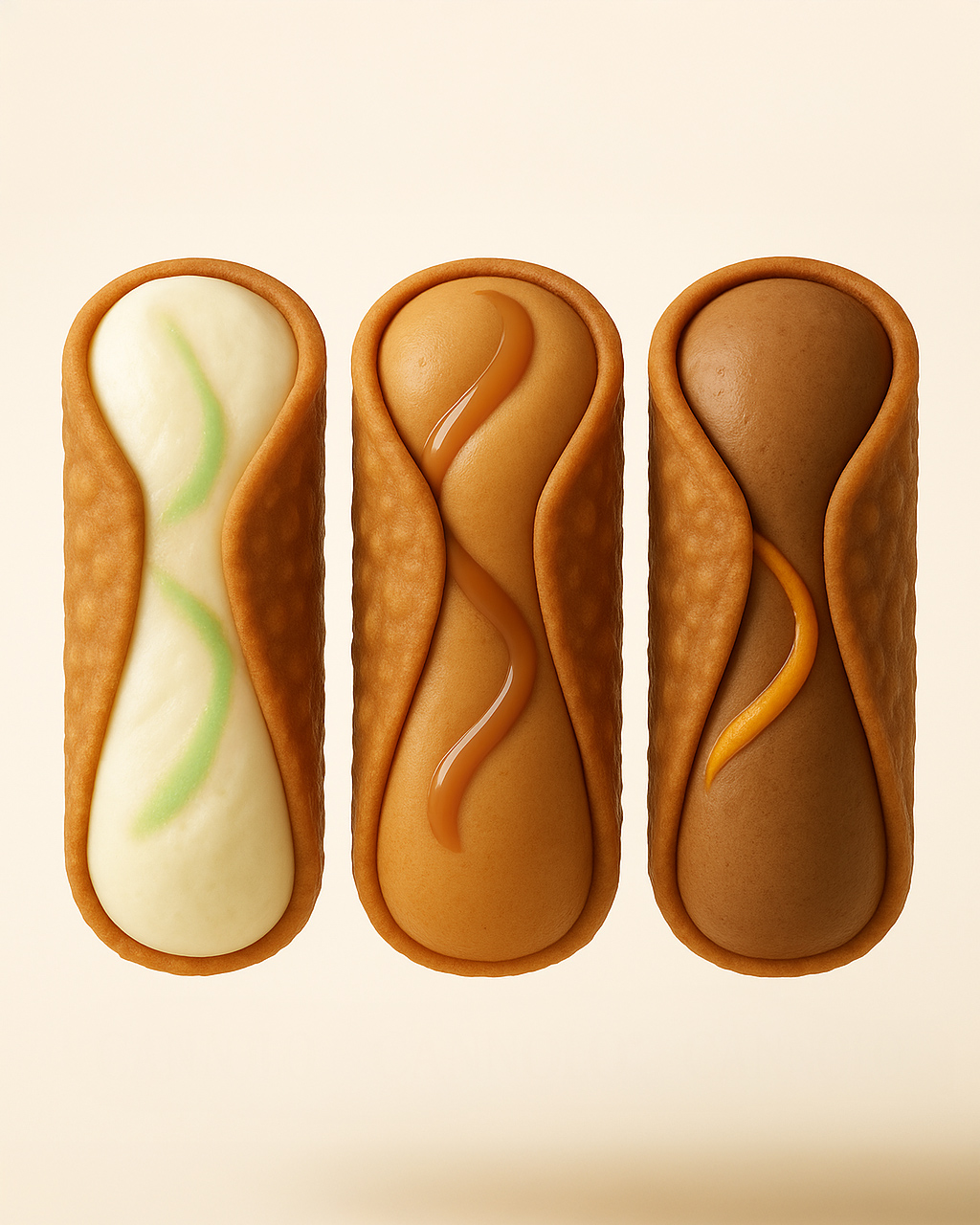CREATIVE DIRECTION, AI-ASSISTED DESIGN EXPERIMENT
Cannolo Ice
AI-Generated Premium Dessert Concept - 2025
Overview
Cannolo Ice is an AI-generated design experiment that reimagines the traditional Sicilian cannolo as a premium frozen dessert. This project explores how artificial intelligence can be leveraged as a creative tool in product design, allowing for rapid concept development and visualization.
The concept features three distinct flavors - vanilla with pistachio ribbon, caramel sensation, and chocolate with orange caramel - each visualized with remarkable fidelity through AI generation, demonstrating how designers can rapidly explore product variations without traditional prototyping.
As a 2025 experiment, Cannolo Ice showcases the evolving relationship between human creativity and artificial intelligence in design, pointing toward new workflows that combine the best of both worlds.
Details
- Project Type
- AI Design Experiment
- Year
- 2025
- Role
- Creative Director & AI Prompt Engineer
- Focus
- AI-Assisted Design, Concept Development
Product Range
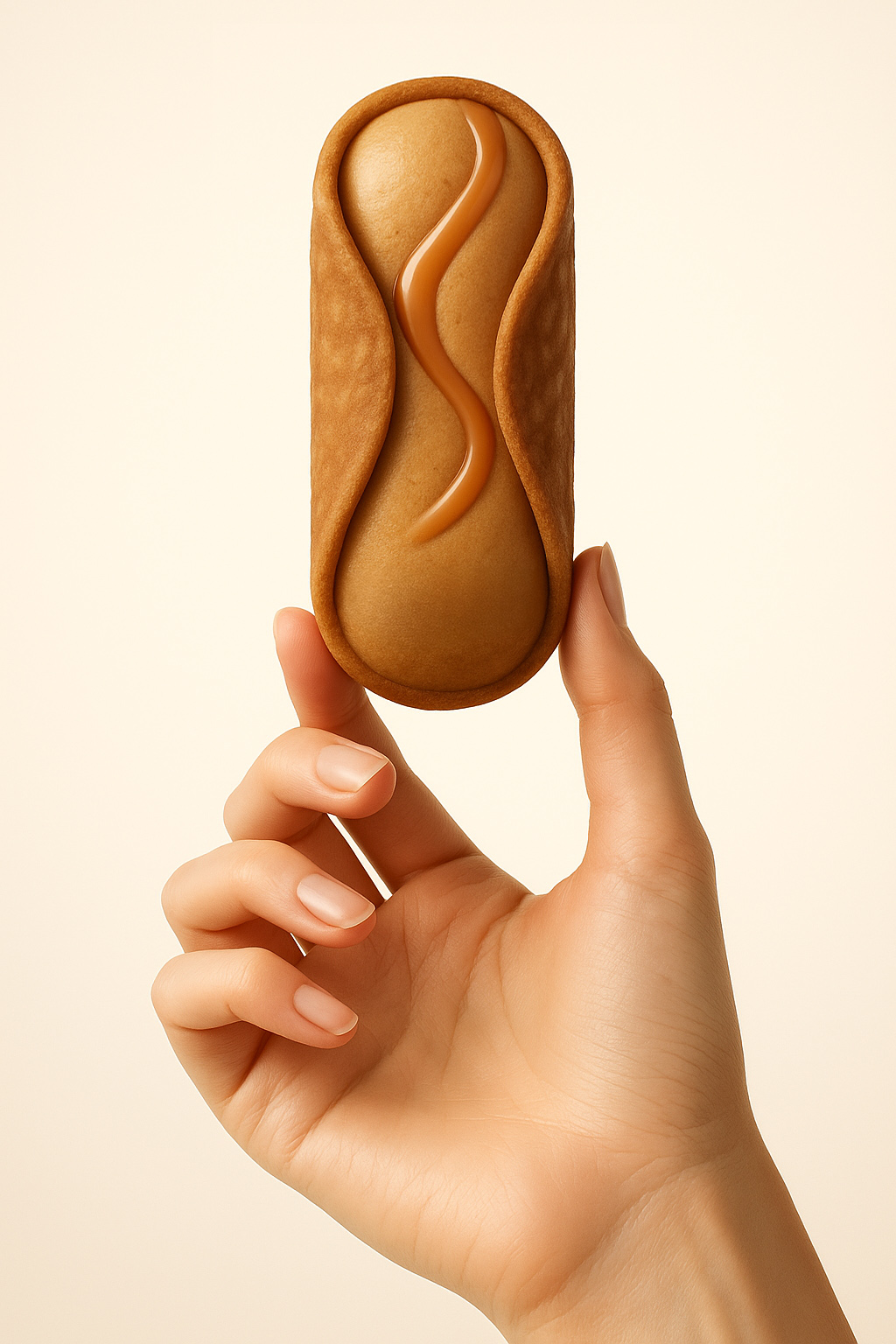
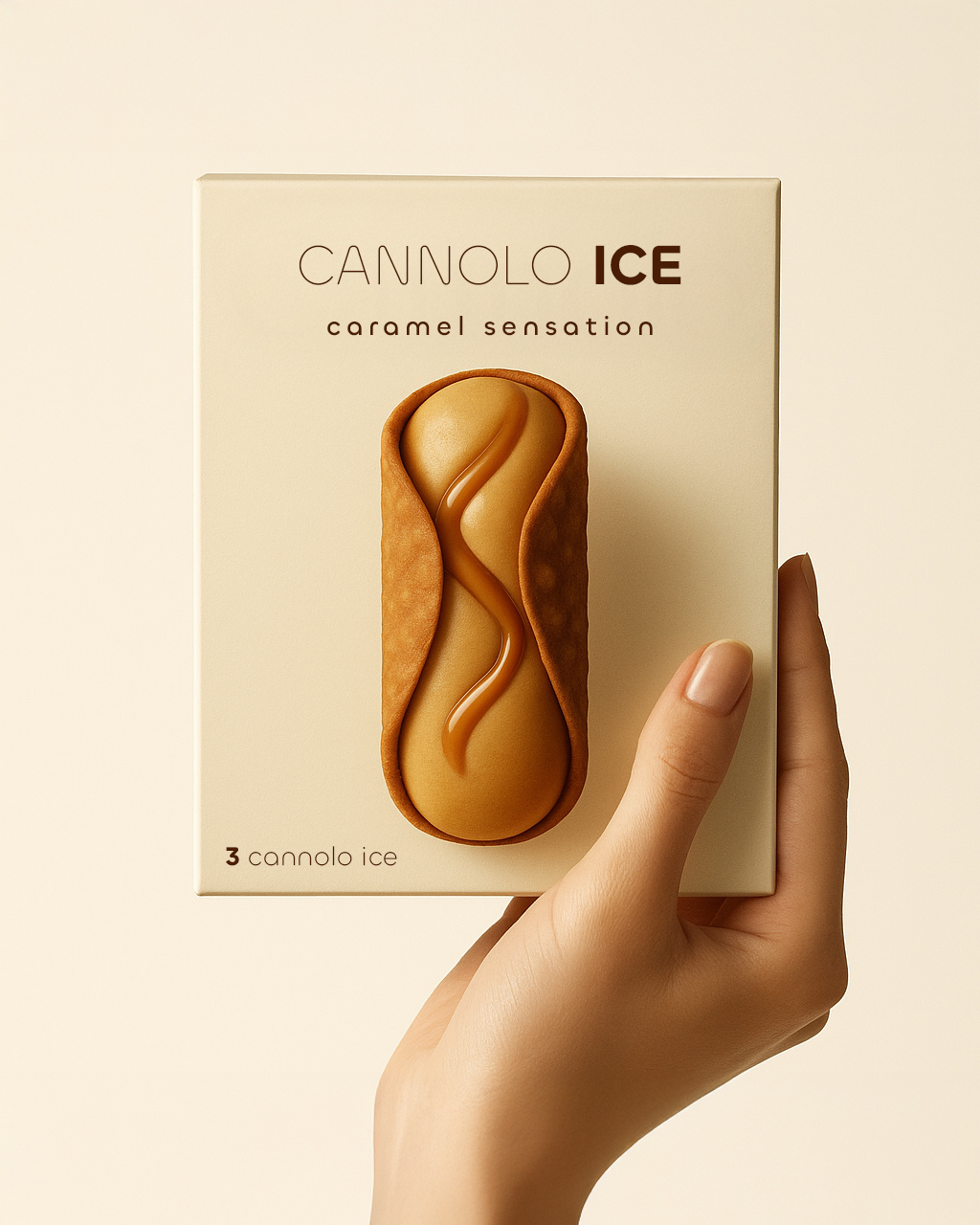
AI Design Approach
This project began with a simple question: How can AI tools enhance the product design process? Rather than starting with traditional sketches or CAD models, I developed detailed text prompts describing the product concept, form, materials, and context. These prompts were iteratively refined as the AI generated visualizations that informed the next round of creative direction.
The design language evolved through this human-AI collaboration, with each iteration refining the elongated oval shape, the flowing sauce ribbon visual element, and the warm, neutral color palette that defines the Cannolo Ice brand identity.
Flavor Profiles
The AI visualization process allowed for rapid exploration of different flavor combinations:
- Vanilla with Pistachio: Smooth vanilla ice cream with a vibrant pistachio ribbon that adds both color and nutty flavor notes.
- Caramel Sensation: Rich caramel ice cream with a flowing caramel sauce ribbon that creates a double intensity of flavor.
- Chocolate with Orange: Decadent chocolate ice cream complemented by a zesty orange caramel ribbon that cuts through the richness.
Each flavor concept was generated and refined through multiple AI iterations, allowing for a level of visual exploration that would be cost-prohibitive with traditional food photography or physical prototyping.
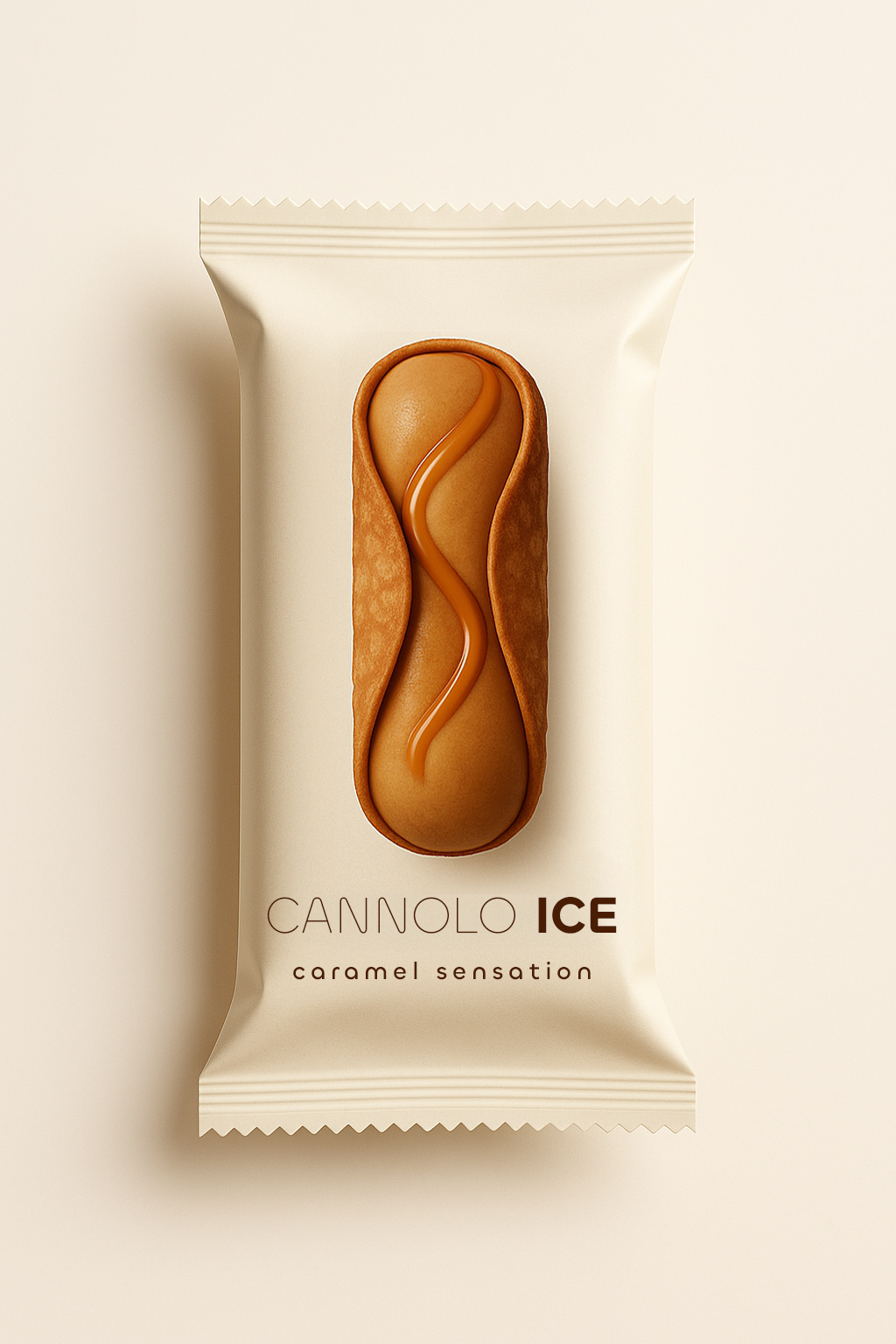
AI-Assisted Design Process
This project represents a significant evolution in my design methodology. As a designer in 2025, I've embraced AI not as a replacement for human creativity, but as a powerful tool that amplifies my capabilities and allows me to work in entirely new ways.
The workflow involved crafting detailed prompts that specified not just what the product should look like, but the mood, lighting, materials, context, and brand positioning. Each generated image informed the next round of prompts, creating an iterative design process that rapidly converged on the final concept.
This project demonstrates how AI can democratize certain aspects of product visualization, allowing designers to explore concepts that would otherwise require expensive photography, 3D modeling, or physical prototyping. The result is not just a product concept, but a new design methodology for the AI era.
Marketing Approach
The AI-generated marketing visuals for Cannolo Ice focus on communicating the premium experience and sensory pleasure of the product. The "Bite Into Elegance" positioning was developed through iterative prompt engineering to create imagery that evokes desire and sophistication.
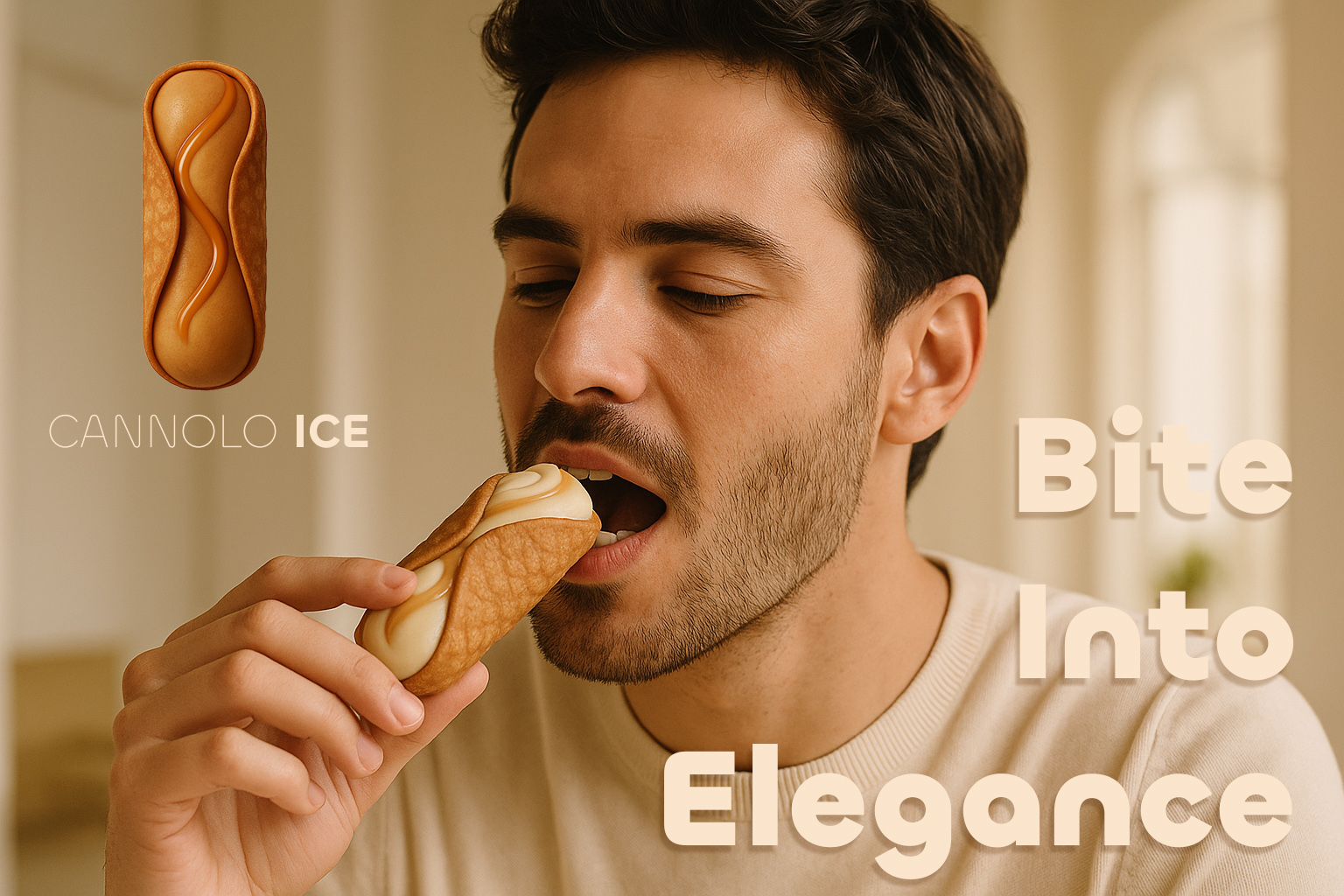
Implications for Design Practice
Cannolo Ice represents more than just a product concept—it's a case study in how AI is transforming design practice in 2025. This project demonstrates how designers can leverage AI to:
- Accelerate the concept development process by generating high-fidelity visualizations in minutes rather than days
- Explore more design variations without the constraints of traditional prototyping or visualization methods
- Test market positioning and visual communication through rapid iteration of marketing concepts
- Reduce the resource intensity of early-stage design exploration
As AI tools continue to evolve, the boundary between human and machine creativity becomes increasingly fluid. The designer of 2025 is not replaced by AI but transformed—becoming a creative director who orchestrates a symphony of human insight and machine capability to achieve results that neither could accomplish alone.
